2019 Holiday Gift & Winter Reading Ideas: Surprise! Nature Books
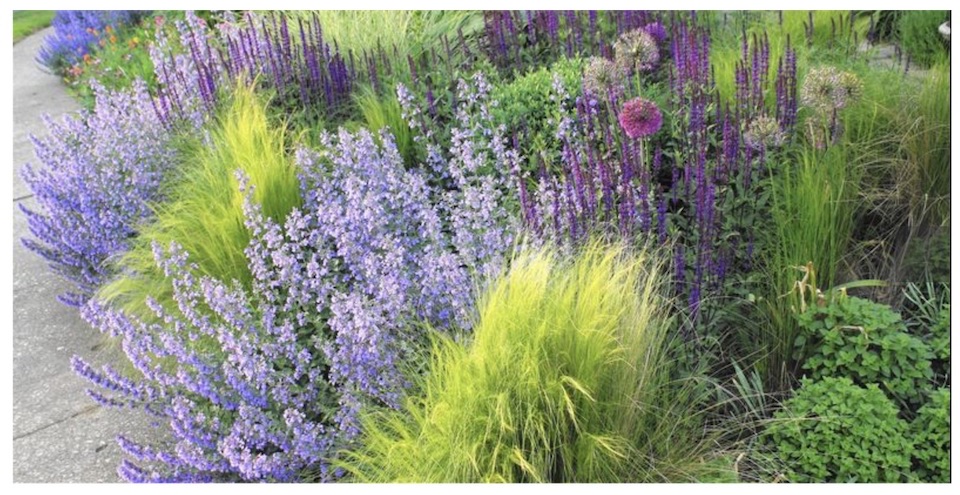
by Linda Martinson, Blue Ridge Naturalist
Does anyone else feel that the year has flown by? But undaunted by a late start, I have compiled several suggestions for gifts of books that help strengthen our connections with nature. Research results indicate that being in green spaces, parks, forests, and other natural surroundings reduces our stress and anxiety and makes us feel more alert and aware of our surroundings. Spending more time in natural settings increases both short- and long-term memory, as well as improving one’s attention span. Also, hospital patients recover more quickly if they are able to spend some time in green spaces. And so, here are eight books (with some long titles) to inspire us to spend more time outside:
- Mountain Nature: A Seasonal Natural History of the Southern Appalachians by Jennifer Frick-Ruppert
- Two books by Timothy Spira: 1. Waterfalls and Wildflowers in the Southern Appalachians: Thirty Great Hikes and 2. Wildflowers and Plant Communities of the Southern Appalachian Mountains and Piedmont
- The Cabaret of Plants: Forty Thousand Years of Plant Life and the Human Imagination by Richard Mabey
- Braiding Sweetgrass: Indigenous Wisdom, Scientific Knowledge and the Teachings of Plants by Robin Wall Kimmerer
- The Lives of Bees: The Untold Story of the Honey Bee in the Wild by Thomas D. Seeley
- Half Earth: Our Planet’s Fight for Life by E. O. Wilson
- The Triumph of Seeds: How Grains, Nuts, Kernels, Pulses, and Pips Conquered the Plant Kingdom and Shaped Human History by Thor Hanson
- Planting in a Post-Wild World: Designing Plant Communities for Resilient Landscapes by Claudia West and Thomas Rainer
Jennifer Frick-Ruppert is a friend and neighbor of ours and also a professor of biology and environmental science and the chair of the science and mathematics division at Brevard College. Mountain Nature is my go-to reference book for many of my newsletters, and Jennifer is both my muse and an advisor when I need more information or verification about local naturalist topics and areas. In her book, she describes many of the most interesting plants and animals in the Southern Appalachians in a season by season context, and my copy of Mountain Nature is crammed with bookmarks and notes. Jennifer teaches courses both at the college and locally on the biodiversity, animals and plants of the Southern Appalachians and on other subjects such as sustainable living. Reading sections of Mountain Nature is almost as good as listening to Jennifer present, explain and teach — she is an engaging, knowledgeable, and accessible writer, speaker and instructor. She is also optimistic.
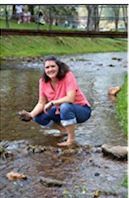

“Ecology is elegantly complex.”
“In almost all cases, the current condition of the region’s forests and rivers is better than they were 50-100 years ago.”
Timothy Spira is also a compelling, knowledgeable, and accessible local author and speaker. His website timothypspira.com is informative. He describes himself as a writer, speaker and botanist, sharing his “passion for plants with students, colleagues, and the general public for more than 30 years, including nine years as a faculty member at Georgia Southern University and 22 years at Clemson University.” His book, Guide to the Carolinas etc. is also one of my go-to references for my newsletters, and his guide to hikes featuring waterfalls and wildflowers is also excellent. He is also an impressive speaker who includes some stunning photographs he has taken in his presentations. So check out his website for his next event.


“Why not get out and explore the world of wildflowers and plants throughout the year?”
The Cabaret of Plants was described in a New York Times book review (January 3, 2016, by Constance Casey) as a highly entertaining book and a welcome corrective. “He wants us to care about how these growing things, with which we share primeval genes, solve the big problem of life: staying alive to reproduce. Without being sentimental about it, Mr. Mabey gets us to look at life from the plants’ point of view. His science is sound, he’s witty and his language is engaging.” The book is certainly an easy and entertaining read with each of the 29 chapters written as a personal essay focusing on a different plant and its growth parameters, pollination methods, habitat, etc. The theme throughout this book about 40+ plants is that plants are “different models of being alive” and “ they don’t need us the way that we need them.” The author describes himself as a plant advocate and a natural philosopher instead of a scientist. I like that, a “plant advocate,” because it is so easy to take plants for granted.


Plants are “vital autonomous beings having strange existences…unquantifiable powers and alternative solutions to living”.
Richard Mabey, plant advocate
Braiding Sweetgrass: Indigenous Wisdom, Scientific Knowledge, and the Teachings of Plant is Robin Wall Kimmerer’s second book, for which she received the 2014 Sigurd F. Olson Nature Writing Award. Her first book, Gathering Moss: A Natural and Cultural History of Mosses, was also acclaimed; she won the John Burroughs Medal Award for that book. Braiding Sweetgrass is another book about the interdependence of people and nature, especially with the plant world, and has been described as “A hymn of love to the world”.
Ms. Kimmerer is a botanist with scientific authority about the natural world, and also a Potawatomi woman who applies traditional indigenous ways of knowing and understanding. In Braiding Sweetgrass, she combines multiple perspectives into a series of essays. In indigenous lore, sweetgrass was one of the first plants to grow on earth and the author takes it from there in a series of essays organized into chapters. Her book chapters describe the significant ways indigenous people not use but interact with sweetgrass including planting, tending, harvesting, braiding, and burning. She also seamlessly combines stories and thoughts about other subjects into her book including the Kentucky mountains, waterlilies, a superfund site, wild strawberries, and a forest research station.
Kimmerer’s writing is vivid and compelling and based on her conviction that, “To be heard, you must speak the language of the one you want to listen.” This statement is written in an essay that includes a scientific description about the growth habits of sweetgrass. Then she swings into a discussion of the friction between academic science and under-represented perspectives (including those of Citizen Scientists and certified naturalists?). For example, she writes, “To be a bay’ holds the wonder that, for this moment, the living water has decided to shelter itself between these shores, conversing with cedar roots and a flock of baby mergansers. Because it could do otherwise—become a stream or an ocean or a waterfall, and there are verbs for that, too.” She concludes that we must all act on behalf of the natural world, using our creative gifts, too: “books, paintings, poems, the clever machines, the compassionate acts, the transcendent ideas, the perfect tools. Being grateful is not enough, we must act.”
Reference: “A Review of Robin Wall Kimmerer’s Braiding Sweetgrass.”
Marion Agnew, Brevity Magazine, November 3, 2015


I can’t resist recommending an entomology book: The Lives of Bees: The Untold Story of the Honey Bee in the Wild by Thomas D. Seeley, a world authority on honey bees. The book was published this year by Princeton University Press. Seeley wrote this book to explain why wild bees are still thriving while honey bee populations under the management of humans are struggling to survive. Based on what he has learned about wild honey bees, he offers an entirely new approach to beekeeping—Darwinian Beekeeping—using the natural survival skills that wild bees have acquired and honed over the past thirty million years. This book has received glowing reviews and offers hope for a new vision of beekeeping better aligned with the natural habits of honey bees.


“Engagingly written and deeply personal”
Half-Earth: Our Planet’s Fight for Life is E. O. Wilson’s 32nd book, published in 2016, and he has since then written two more books and celebrated his 90th birthday. He has been called “the father of sociobiology” and “the father of biodiversity.” He describes himself as a biologist, an entomologist, a naturalist and a writer, and his academic specialty is myrmecology, the study of ants. Wilson considers ants superior to other organisms in several ways including cleanliness, social organization and altruism.
In an article about Wilson in the NY Times on July 15, 2008, when he was only 79, he described ants as his “…first and enduring love,” and he has written several articles and books about the relevance of evolved insect behavior to human nature. Check out this link on YouTube, “Edward O. Wilson on the Evolution of Social Behavior, May 15, 2019, just before his 90th birthday in which he describes the superiority of ants:
Wilson has also become one of the world’s best-known biologists through two other passions: creating large syntheses of knowledge and prolific and impassioned writing about preserving the world’s biodiversity and promoting conservation to save the planet.
For 68 years, Dr. Wilson has been at Harvard University in some capacity, and he has received numerous awards including a National Medal of Science and two Pulitzer prizes for his writing. We should all read at least one E. O. Wilson book in our lifetime. Besides my recommendation for reading Half Earth, here are four more recommended E. O. Wilson books, one each from the previous four decades: On Human Nature (for which he won his first Pulitzer prize) published 1978; Biophilia, 1984; Naturalist, 1994; and The Creation: An Appeal to Save Life on Earth, 2006. And when you are in an existential mood, you might read “The Meaning of Human Existence”.
In Half Earth, Wilson proposes that half of the surface of Earth’s land and sea be allocated as a nearly human-free natural reserve to preserve the remaining flora and fauna. He believes that acting boldly to protect biodiversity is the only possible strategy to solve the extinction crisis of several species worldwide. Here is a brief summary of his proposal: “Large parts of nature are still intact — the Amazon region, the Congo Basin, New Guinea. There are also patches of the industrialized world where nature could be restored and strung together to create corridors for wildlife. In the oceans, we need to stop fishing in the open sea and let life there recover. If we halted those fisheries, marine life would increase rapidly. This proposal does not mean moving anybody out. It means creating something equivalent to the U.N.’s World Heritage sites.” Wilson is optimistic and he offers this maxim: “Do no harm to the rest of life. If we can agree on that, everything else will follow. It’s actually going to be a lot easier than people think.” If only…
References: “Taking a Cue from Ants on the Evolution of Humans” NYT, 7-15-2008.
“In ‘Half Earth’ E. O. Wilson Calls for a Grand Retreat” NYT 2-29-2006. Wikipedia
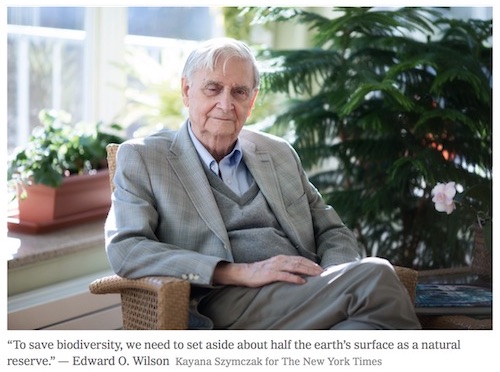


“…a vivid sense of one’s personal mortality is part of the wisdom of old age, which is not overrated.”
“I prefer ideas that are original over those that are just pleasing.”
“We humans exist in a bizarre combination of stone age emotions, medieval beliefs and god-like technology.”
The main topic of Thor Hansen’s book, The Triumph of Seeds: How Grains, Nuts, Kernels, Pulses, and Pips Conquered the Plant Kingdom and Shaped Human History, is a potentially slow-moving subject that has been speeded up by Hanson’s fascinating, inspiring and entertaining writing. And his book is not about the things that grow from seeds, it is about the seeds themselves. Hanson is the author of “Feathers” and “The Impenetrable Forest,” so he has some experience writing about potentially intractable subjects and in this book, he examines “one of the least impressive-looking natural objects and reveals of elegance and wonder.” Here is one description of his writing:
“Seeds provide a nearly infinite variety of poetic solutions to the hard and gritty question of survival…they can fly, spin, bury themselves, float across oceans, sleep for a thousand years, poison or seduce….This is in fact natural order at its most thrilling—seeds taking on the same issues of evolution as a tiger, a whale or, let’s not forget, a human.”
Reference: New York Times book review by Mark Kurlansky, April 17, 2015


Thor Hanson holding a vial containing 1.2 million seeds in one hand and a single seed in the other.
Thomas Rainer and Claudia West are experts in ecological landscape design from two different continents, North America and Europe, who have been observing communities of diverse plants that display resilience and beauty without human interference for several years. Their book, Planting in a Post-Wild World: Designing Plant Communities for Resilient Landscapes, offers an alternative to traditional gardening and landscaping design by using plantings that function like naturally occurring plant communities. Their book had compelling photographs and is described as, “…a manifesto dedicated to the idea of a new nature”. The North Carolina Arboretum is promoting this book in their education building.
“A post-wild manifesto as practical as it is poetic”


Mexican feather grass, catmint, meadow sage and allums in Thomas Rainer’s garden.
I hope these recommendations help with both your gift giving and your winter reading. Sending all best wishes for an enlightened, happy and productive new year.
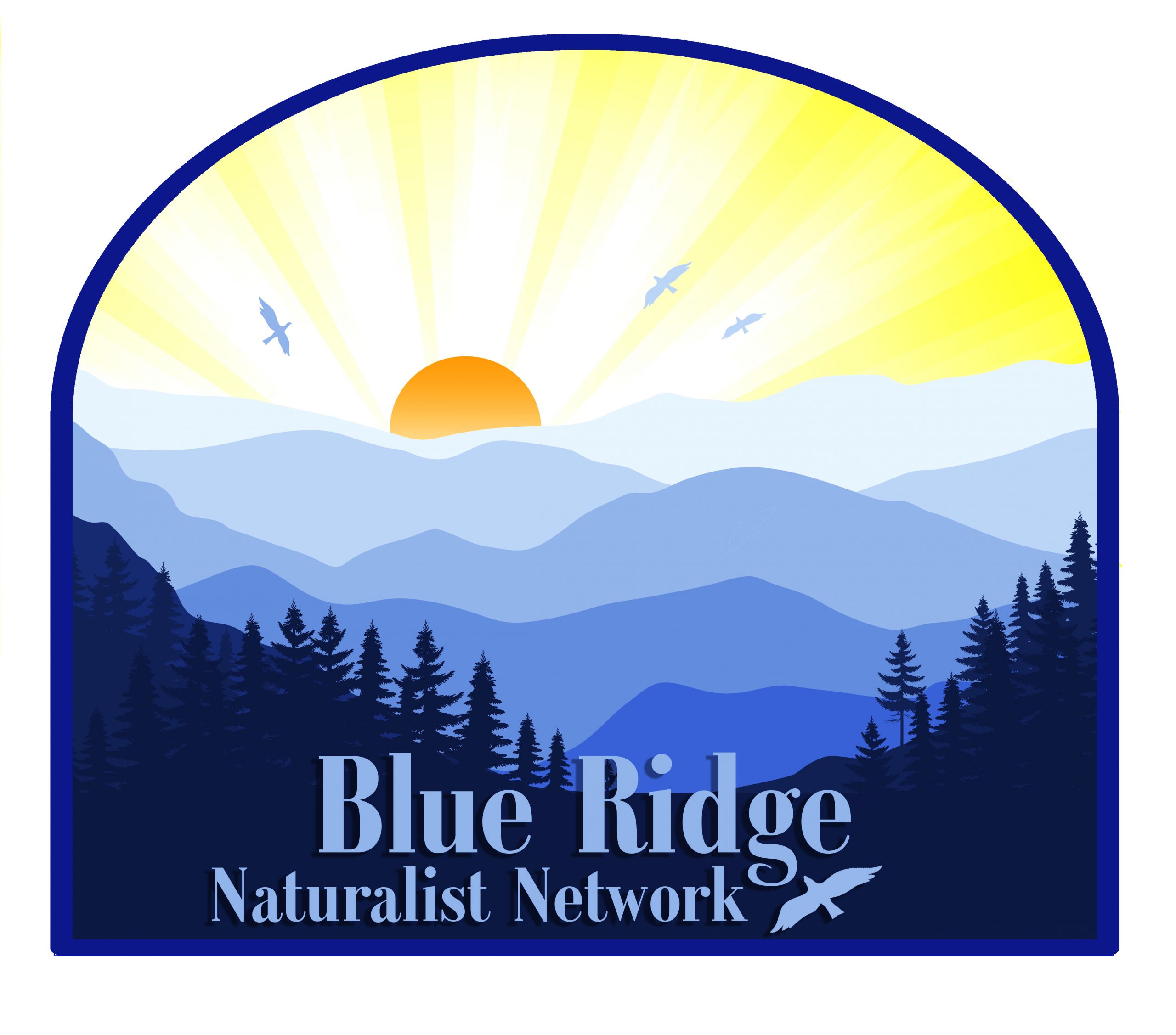
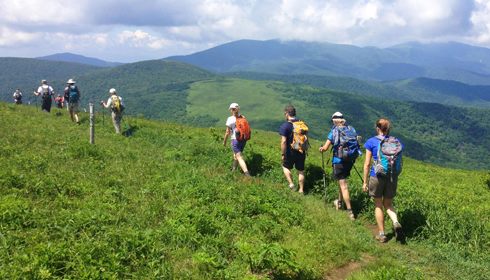


44 comments